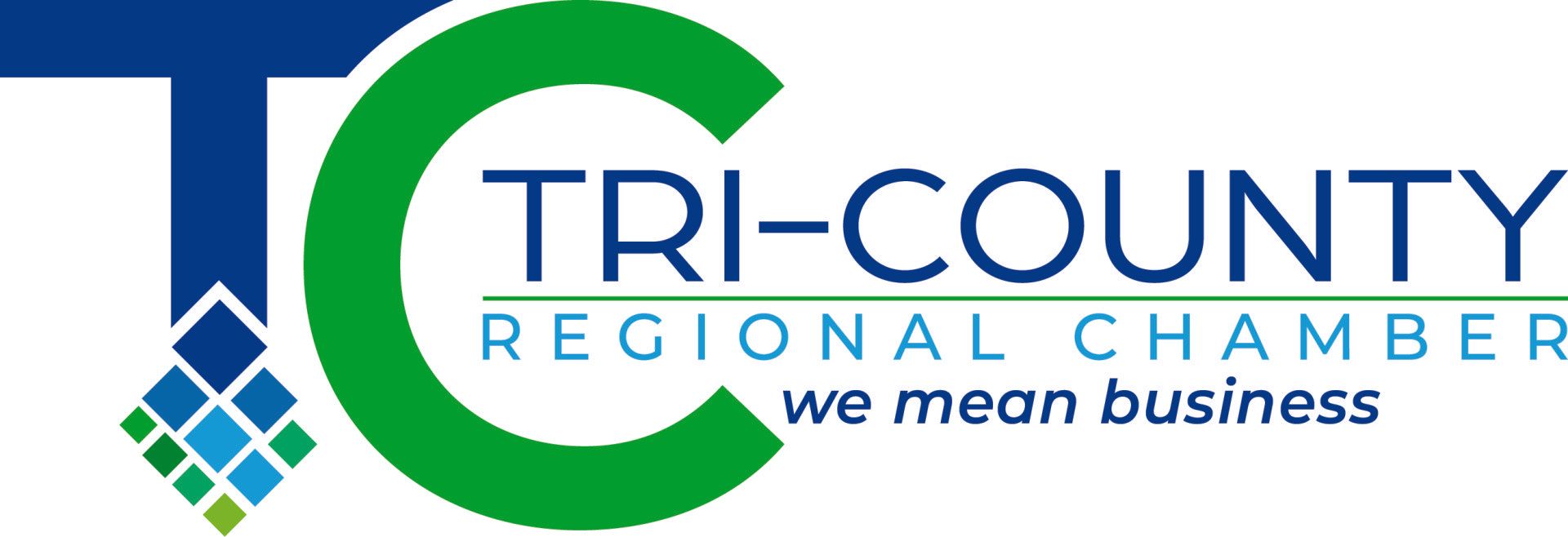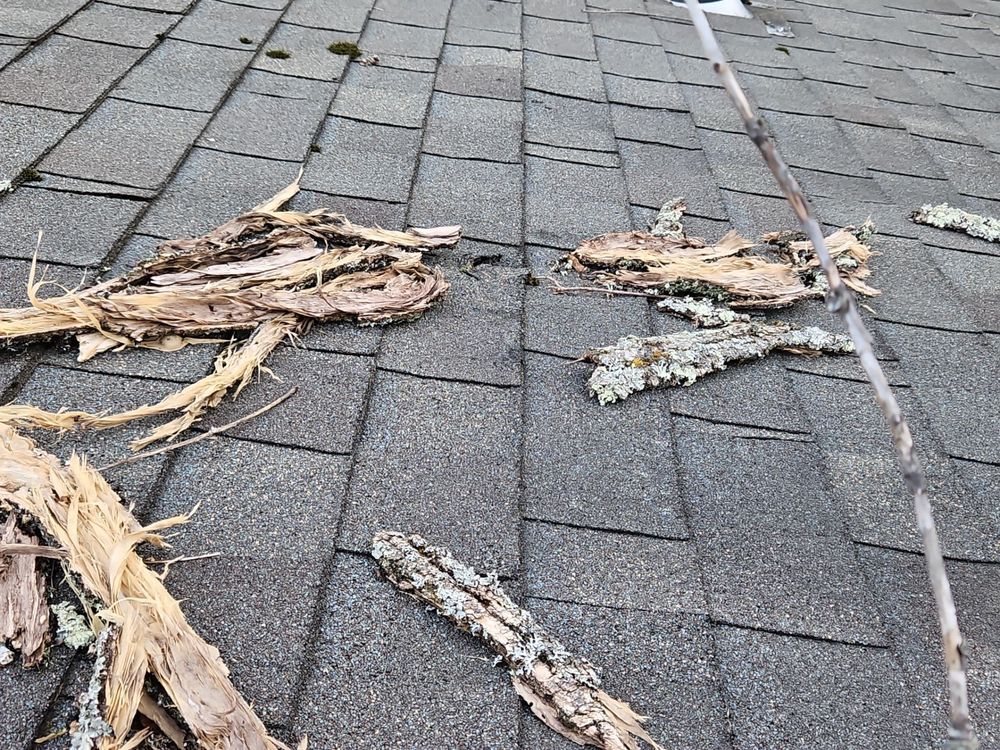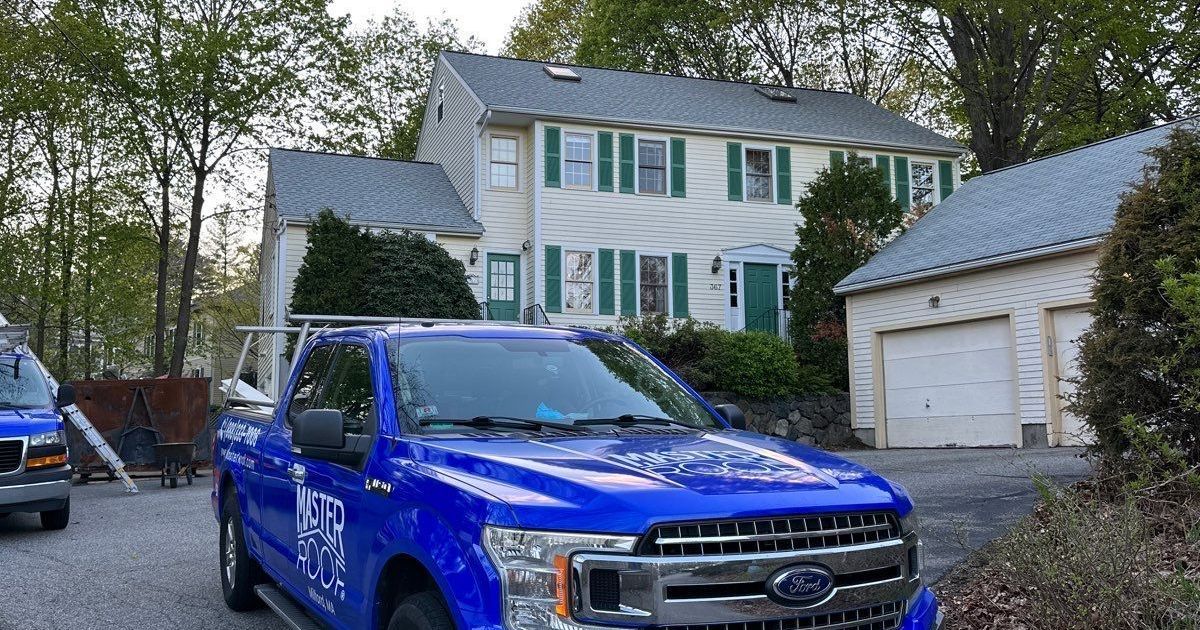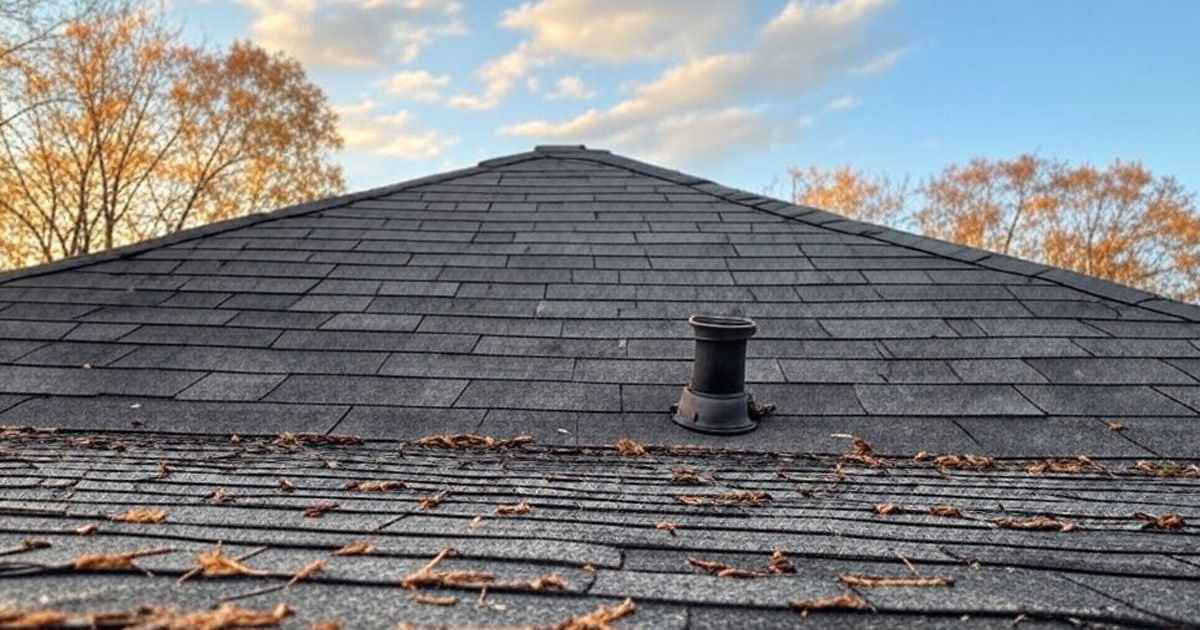Blogs
Understanding Ice Melt: Is It Safeguarding or Harming Your Roof?
When winter arrives with its cold breath, homeowners begin to worry about the ice melting on their roofs. While some might see this as a sign their roof is safe from the weight of snow, others fear it could lead to damage or unexpected leaks. Ice melt plays a critical role in managing these concerns, but it’s important to understand how it impacts your roof. Below, we explore the effects of ice melt, its risks, and how to use it effectively to protect your home.
- The impact of ice melt on your roof: Ice and snow can be heavy, putting a lot of stress on your roof, leading to potential cracks, leaks, or even structural collapse. The cycle of melting and refreezing can also wear down your shingles, weakening the roof’s protective barrier.
- The dangers of ignoring ice melt: If you don’t address it, water can seep into tiny cracks, freeze, and expand, making existing damage worse. This can lead to expensive repairs and compromise the safety of your home.
In this article, we delve into the causes, dangers, and solutions for ice melt on roofs, along with preventative strategies to keep your home secure during harsh winters.
Common Causes of Ice Dams
Ice dams form when a combination of heat loss, snow accumulation, and freezing temperatures disrupts the natural flow of water off the roof. Here are the primary factors that contribute to their formation:
What is Attic Ventilation?
Attic ventilation involves the flow of outdoor air beneath the deck of an asphalt shingle roof, crucial for both structural integrity and performance.
Heat loss from the house
When heat escapes from the home’s interior and warms the roof, snow begins to melt. This water flows down the roof and refreezes when it reaches the colder eaves, forming an ice dam.
Poor insulation
Poor attic insulation allows heat to escape, causing uneven snowmelt. Even minor insulation gaps can have a significant impact, as they encourage the melting and refreezing cycle.
Roof’s pitch
Flat or low-incline roofs are more likely to trap snow, which increases the risk of ice dams. Steeper pitches often allow snow to slide off more easily.
Tree overhang
Overhanging branches block sunlight from reaching the roof, keeping certain areas colder and more prone to ice buildup.
Roofing materials
The type of roof material influences how quickly snow melts. Materials that retain heat, such as asphalt shingles, can exacerbate the issue.
The Dangers of Ice Dams on Roofs
Ice dams pose serious threats to both the structural integrity of your roof and the interior of your home. Ignoring them can lead to escalating problems, including costly repairs and potential health risks.
Structural threats
Ice accumulation adds significant weight to your roof, which can strain its structure. In severe cases, this could cause the roof to sag or even collapse, particularly if it is already compromised.
Water damage
When ice dams block proper drainage, water can back up and seep under shingles. This often leads to leaks, damaging insulation, drywall, walls, and even electrical systems inside your home.
Mold and mildew
Persistent moisture caused by leaks creates the perfect environment for mold and mildew to grow. These can degrade your home’s structure and pose health risks to its occupants.
Different Types of Ice Melt Products
Various ice melt products are available, each with distinct properties. Choosing the right one for your roof is critical to balancing effectiveness and minimizing damage:
Sodium Chloride
This common option is effective and affordable, but it can corrode metal gutters and damage plants if runoff occurs.
Calcium Chloride
Works well in colder temperatures and generates heat as it melts ice. However, it can corrode metal and harm vegetation if overapplied.
Magnesium Chloride
A greener alternative that is less harmful to plants and landscaping. While effective, it may be slightly less potent in extremely cold conditions.
Potassium Chloride
This environmentally friendly option is safer for vegetation but less effective in freezing conditions, making it suitable for milder climates.
How Ice Melt Affects Various Roofing Materials
The type of roofing material you have determines how it will react to ice melt products. Understanding this interaction helps you select the best option for your roof:
Asphalt Shingle
These are prone to chemical wear when exposed to harsh ice melt products, leading to shortened lifespan and increased vulnerability to leaks.
Metal Roofs
Metal roofs more durable, but improper use of ice melt can still cause corrosion, especially around fasteners and seams.
Tile and Slate
These materials are resilient, but excessive or improper application of ice melt can lead to discoloration or surface degradation over time.
Pros and Cons of Using Ice Melt on Your Roof
While ice melt can be a valuable tool for managing ice buildup, it’s important to weigh its benefits against potential drawbacks:
Advantages
- Reduces the formation of ice dams, allowing water to drain properly.
- Offers a quick and effective solution during heavy snowfalls.
Disadvantages
- Harsh chemicals in some products can damage roofing materials, plants, and the surrounding environment.
- Overreliance on ice melt may lead to neglect of essential roof maintenance, such as insulation and ventilation improvements.
Best Practices for Using Ice Melt Safely and Effectively
Using ice melt properly can mitigate risks and ensure it works as intended. Follow these tips for safe application:
Follow the label
Always read and adhere to the manufacturer’s guidelines to avoid overuse, which can lead to damage.
Controlled application
Use socks or pantyhose filled with ice melt and place them along the roof’s edge. This method minimizes direct contact with roofing materials.
Combine with other measure
Supplement ice melt use with proper insulation, ventilation, and regular roof inspections to prevent ice dams from forming in the first place.
Alternative Methods for Preventing Ice Dams
Ice melt is not the only solution for managing ice dams. Consider these proactive strategies to provide long-term protection:
Upgrade insulation
Better attic insulation reduces heat loss, keeping your roof colder and minimizing snowmelt.
Ensure proper ventilation
Soffit and ridge vents promote airflow, maintaining an even temperature across your roof.
Heating cables
Installing heating cables along the roof’s edge warms the surface, preventing ice from forming. However, these come with energy costs to consider.
Regular maintenance
Clearing gutters of debris and using a roof rake to remove excess snow after heavy storms are simple yet effective steps to prevent ice buildup.
Signs of Roof Damage Caused by Ice Melt
Early detection of damage caused by ice melt or ice dams can save you from extensive repairs. Look for these warning signs:
Stains on ceilings or walls
Water intrusion often manifests as discoloration inside your home.
Damaged or missing shingles
Curling, cracking, or broken shingles may indicate stress from ice dams.
Mold or mildew
Increased mold growth inside your home suggests persistent moisture, often due to leaks.
Will Ice Melt Work for Your Roof?
While ice melt is a useful tool, it’s not a one-size-fits-all solution. Balancing its use with preventative measures like insulation, ventilation, and regular roof maintenance ensures the best results. By understanding the pros and cons of ice melt products and incorporating safe practices, homeowners can protect their roofs and homes throughout the winter months. A proactive approach will safeguard your roof, keeping your home safe, secure, and free from winter’s icy challenges.









